Duck Hunters' Paradise
Top 1 Billed Cast
Narrator (voice)
Similar Movies
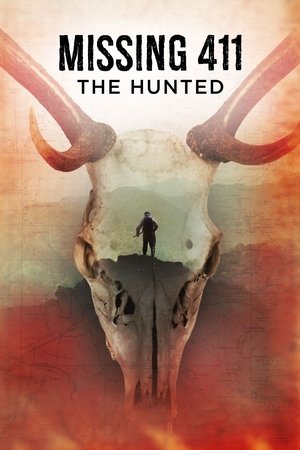 6.8
6.8Missing 411: The Hunted(en)
Hunters have disappeared from wildlands without a trace for hundreds of years. David Paulides presents the haunting true stories of hunters experiencing the unexplainable in the woods of North America.
 6.3
6.3Blue Water, White Death(en)
Peter Gimbel and a team of photographers set out on an expedition to find and film, for the very first time, Carcharodon carcharias—the Great White Shark. The expedition lasted over nine months and took the team from Durban, South Africa, across the Indian Ocean, and finally to southern Australia.
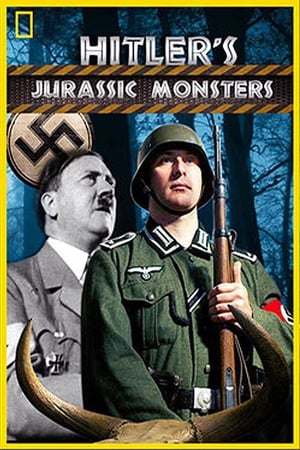 4.8
4.8Hitler's Jurassic Monsters(en)
This is the untold story of a Nazi vision, that went far beyond the military conquest of European countries. As part of their crazed dream to create a thousand-year Reich they developed detailed blueprints for Aryan settlements and vast hunting parks for ‘Aryan’ animals. Goering and Himmler employed Germany’s best scientists to launch a hugely ambitious programme of genetic manipulation to change the course of nature itself, both in the wild and for domestic use. In a fascinating blend of politics and biology, Hitler's Jurassic Monsters is the true and asthonishing story of how the Nazis tried to take control of nature and change the course of evolution.
Lion Hunting(da)
Two big game hunters are on safari in the jungle with their African guide. They observe zebras, ostrich and a hippopotamus, and catch a small monkey for a pet. During the night they are awakened by a lion which kills a small goat and then the hunters' horse. The hunters shoot the lion as it stands by the water on a beach. They discover another lion and shoot it also. The lions are gutted and skinned. The happy hunters sit and smoke cigarettes afterward.
 0.0
0.0Amarok's Song - The Journey to Nunavut(en)
In this feature-length documentary, three generations of the Caribou Inuit family come together to tell the story of their journey as Canada's last nomads. From the independent life of hunting on the Keewatin tundra to taking the reins of the new territory of Nunavut on April 1, 1999, we see it all. The film is the result of a close collaboration between Ole Gjerstad, a southern Canadian, and Martin Kreelak, an Inuk. It's Martin's family that we follow, as the story is told through his own voice, through those of the Elders, and through those of the teens and young adults who were born in the settlements and form the first generation of those growing up with satellite TV and a permanent home.
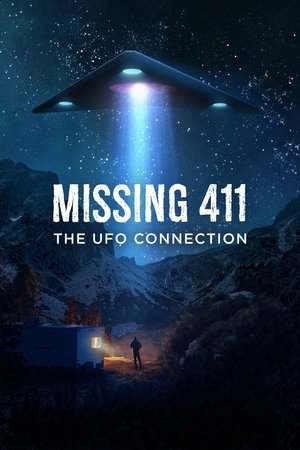 6.0
6.0Missing 411: The U.F.O. Connection(en)
In Missing 411: The UFO Connection, David Paulides continues the story of people who vanish in the wild without a trace. In his third documentary, David reveals the first evidence documenting a link between UFOs and missing people.
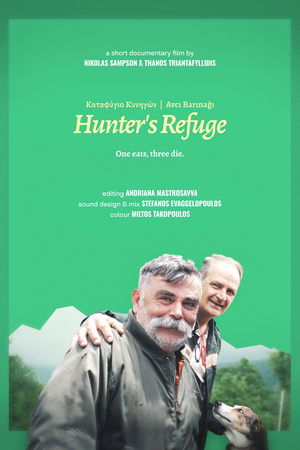 0.0
0.0Hunter's Refuge(el)
Fast on his feet with a fat mustache, short stature, and investigative gaze. For a couple of days in the mountain, in his native land, we approach a man, strange and loud but nevertheless genuine and sensitive, a hunter. In his own way, Mr. Sotiris shines light on our bond with nature, history and man.
Wild Boar Hunt(en)
This short film showcases the skills of Howard Hill, known as the "World's Greatest Archer".
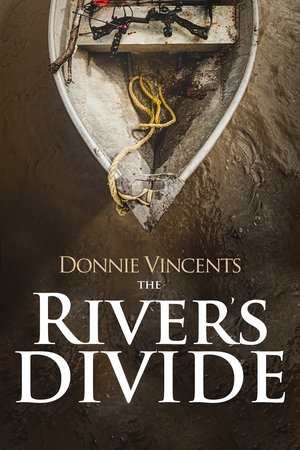 0.0
0.0The River's Divide(en)
Donnie Vincent's The River's Divide is a full-length documentary film featuring Donnie Vincent's bowhunting journey into the Badlands of North Dakota, chasing a whitetail deer known as Steve.
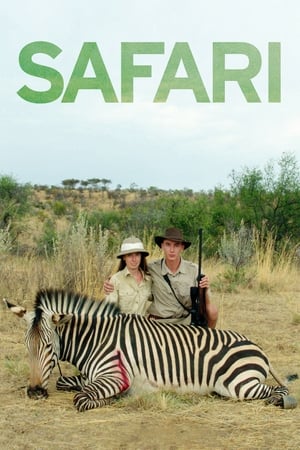 6.5
6.5Safari(de)
Africa. In the wild expanses, where bush-bucks, impalas, zebras, gnus and other creatures graze by the thousands, they are on holiday. German and Austrian hunting tourists drive through the bush, lie in wait, stalk their prey. They shoot, sob with excitement and pose before the animals they have bagged. A vacation movie about killing, a movie about human nature.
 4.2
4.2Stars in the Sky: A Hunting Story(en)
This documentary focuses on the lives of American hunters, presented as an honest exploration of the controversies, emotions, and traditions inherent to this most primal human activity.
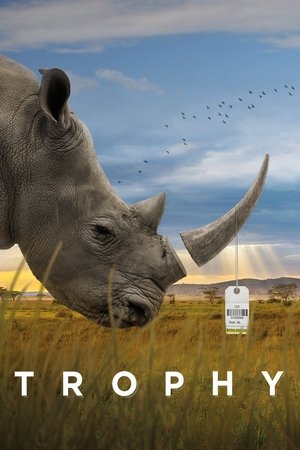 7.0
7.0Trophy(en)
This in-depth look into the powerhouse industries of big-game hunting, breeding and wildlife conservation in the U.S. and Africa unravels the complex consequences of treating animals as commodities.
 0.0
0.0Shutter Shooter(es)
Etienne-Jules Marey, a French inventor who turned a gun into a camera. A hand-drawn hunter whose weapon, instead of firing ammunition, shoots photographs. Carlos, a Mexican wildlife photographer who used to be a real life hunter until he chose to get rid of all his guns. All come together in this poetic yet approachable animated documentary short film.
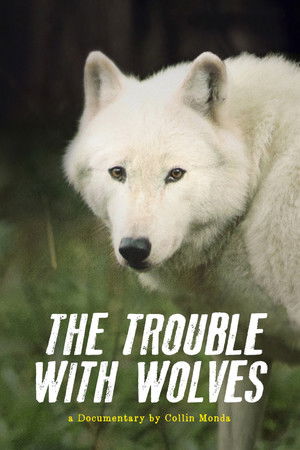 0.0
0.0The Trouble with Wolves(en)
Death threats, court battles, and an iconic endangered species in middle, The Trouble With Wolves takes an up close look at the most heated and controversial wildlife conservation debate of our time. The film aims to find out whether coexistence is really possible by hearing from the people directly involved.
 10.0
10.0The Donald Duck Principle(de)
The documentary tells why Donald Duck hit Europe like a bomb after the Second World War, creates a loving psychogram of the drake who’d love to be successful and eventually examines the question how our on self-optimization focused society deals with failure.
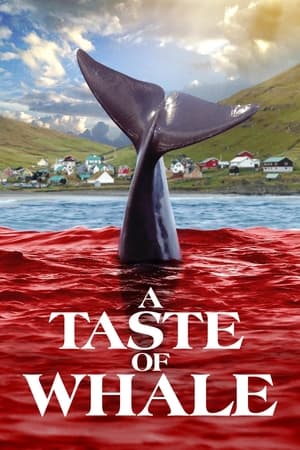 9.0
9.0A Taste of Whale(en)
In the Faroe Islands, hundreds of pilot whales are slaughtered each year in a hunt known as the “Grind.” This gruesome tradition has drawn outrage from activists, most notably the international conservation group Sea Shepherd, who routinely sail to the islands to try to block whaling boats. Yet the Faroese are equally determined to maintain their tradition, defending the practice as more sustainable and less cruel than getting meat from slaughterhouses. Director Vincent Kelner spends time with both Faroese hunters and Sea Shepherd crusaders, building to a nuanced look at a disturbing event with much larger implications for the way humans relate to other creatures.
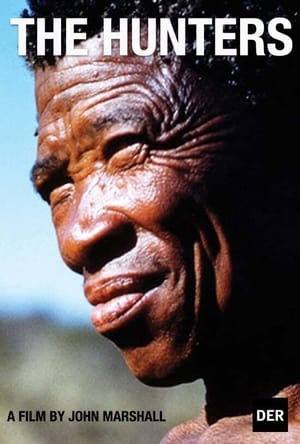 6.1
6.1The Hunters(en)
An ethnographic film that documents the efforts of four !Kung men (also known as Ju/'hoansi or Bushmen) to hunt a giraffe in the Kalahari Desert of Namibia. The footage was shot by John Marshall during a Smithsonian-Harvard Peabody sponsored expedition in 1952–53. In addition to the giraffe hunt, the film shows other aspects of !Kung life at that time, including family relationships, socializing and storytelling, and the hard work of gathering plant foods and hunting for small game.
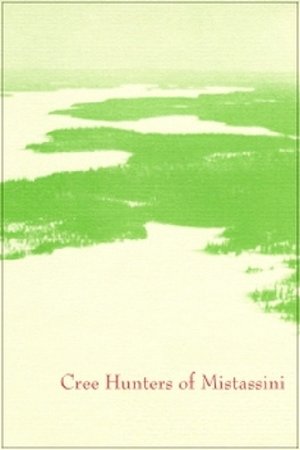 7.0
7.0Cree Hunters of Mistassini(en)
An NFB crew filmed a group of three families, Cree hunters from Mistassini. Since times predating agriculture, this First Nations people have gone to the bush of the James Bay and Ungava Bay area to hunt. We see the building of the winter camp, the hunting and the rhythms of Cree family life.
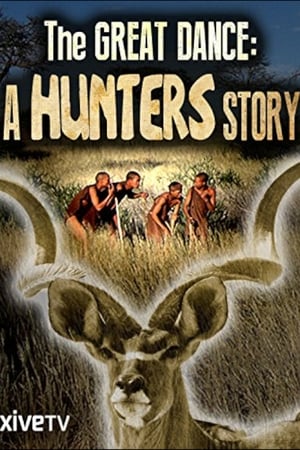 0.0
0.0The Great Dance: A Hunter's Story(en)
This documentary by Craig and Damon Foster focuses on the surviving San bushmen in the central Kalahari.
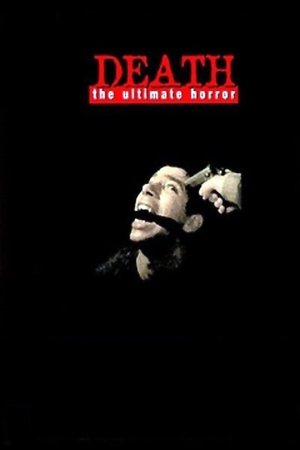 6.3
6.3Death: The Ultimate Horror(en)
This grisly documentary presents horrifying journalistic footage of suicides, assassinations, bombings, mob hits, decapitations, and more in bloody detail. Not for the faint of heart.